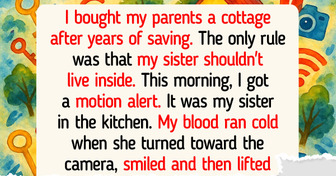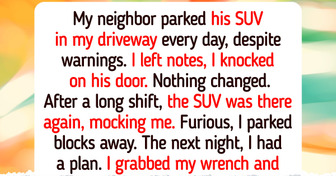14 People Who Walked Straight Into Awkward Moments

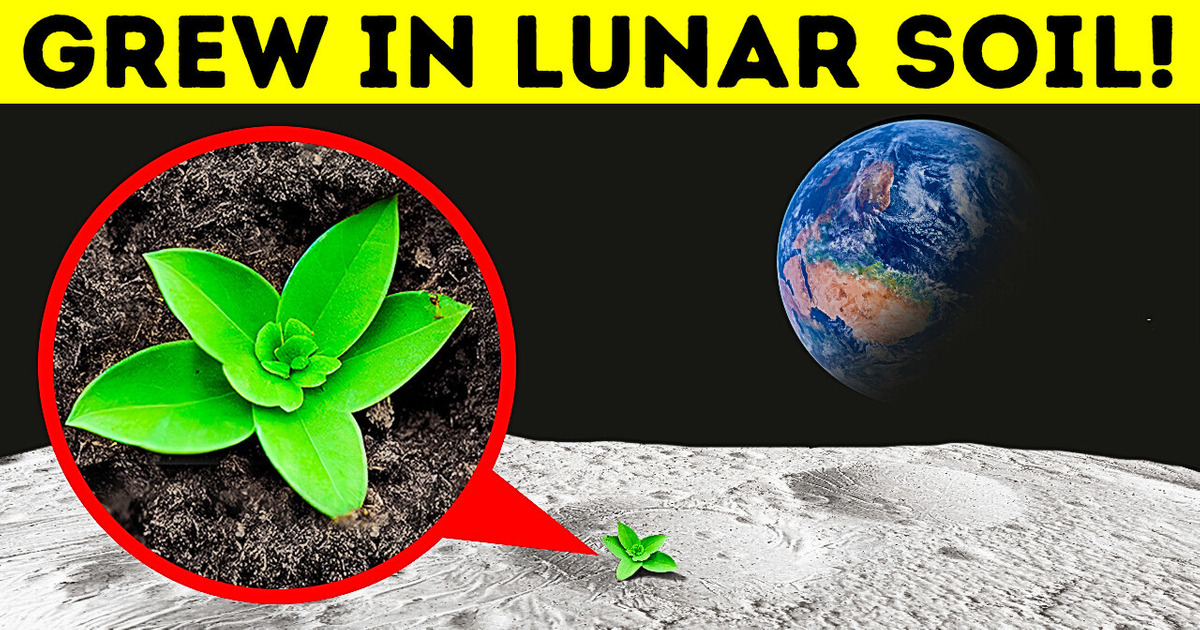
Ever wanted to taste a salad from space? Well, you might be able to one day. Scientists have taken soil from the Moon and successfully grown plants in it! Back in the late 1960s and early 70s, it was the first time in our history we set foot on a surface that wasn’t Earth. During the several trips to the Moon in the Apollo program, astronomers brought back some rocks and soil to study.
Some scientists knew it would be a good idea to preserve this soil, stick some seeds in it, and see what would happen. They didn’t do anything at first, aware that decades into the future, they’d have more advanced equipment to conduct these studies.
The researchers named the lunar soil “regolith” and used the seeds of a particular plant called blah-bah-blah-baa — you can read it here [Arabidopsis thaliana] which is found in Asia, Europe, and parts of Africa. It’s similar to such veggies as cauliflower, Brussels sprouts, and broccoli. Yum.
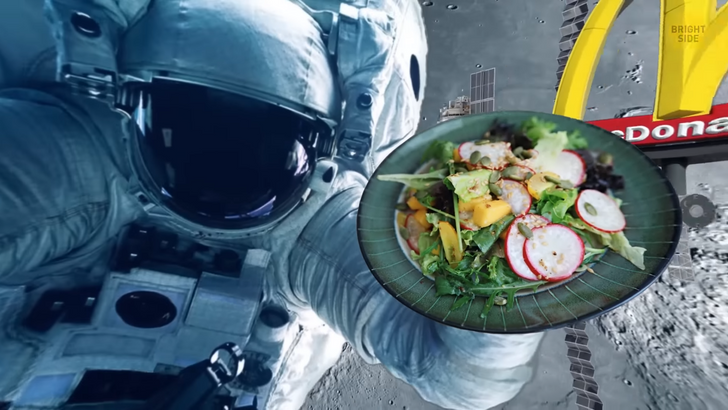
They crossed their fingers, not knowing what would happen. The only thing they did know was that the lunar soil was too poor in nutrients to sustain any plants. So, they created a lunar soil simulant made from volcanic ash to replicate the real lunar soil and went to work. Since they needed two separate experiments, they planted the seeds in Earth’s soil — it was a controlled experiment. They also planted some seeds in the lunar soil — as the variable. They were very careful and used a single gram of lunar soil for the experiment.
To their surprise, it only took 2 days to see little green leaves and 6 days for them to be properly visible. But sadly, after day 6, the lunar soil plants stopped growing. The soil wasn’t enough to provide the needed nutrients for the plants to thrive. The seeds in the soil from Earth, however, grew lavishly. But not all was lost. Even though the lunar plants didn’t continue growing, they survived and were harvested 20 days later. Sadly, they still didn’t produce a yummy space salad.
The scientists then studied the biological form of the plants and found out that the lunar plants were developing under a lot of stress — as if they were growing in a harsh environment — compared to their counterparts in the regular Earth’s soil. Either way, the study was a huge success. It was the first step in growing food in the soil that wasn’t from Earth. NASA planned on a new Moon landing mission in 2024. But due to some complications, it was pushed back to 2026. This will be the first time a person sets foot on the Moon since Apollo 17 in 1972.
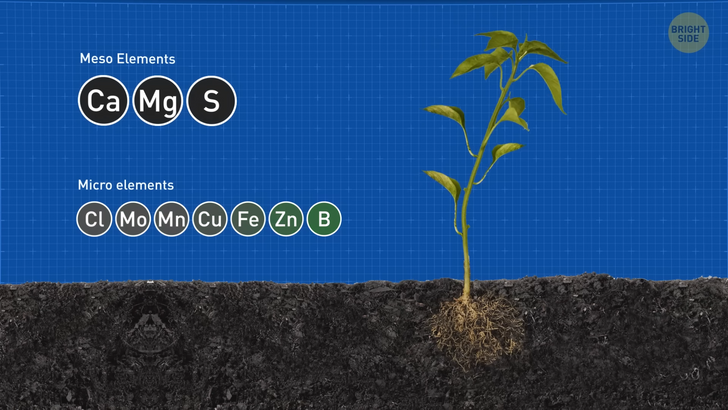
The next Moon landing mission will allow us to collect more lunar soil samples to experiment with other crops and see which ones can live longer. Lunar soil in its natural state is far from the quality soil we have on Earth. But we might find a way to reduce the stress plants growing in it have to endure. Perhaps, it’ll let plants develop in similar conditions they would have in a proper natural setting.
There might be other materials on the Moon that can help plants grow healthy. The mission will be under the Artemis program. Elon Musk’s SpaceX has been commissioned to build the lunar landing vehicle. At first, they will launch a test flight lasting for about 3 weeks and then send astronauts to land at the Moon’s South Pole. Because that section is untouched by sunlight, scientists believe there might be water-ice craters there that can be used to make rocket fuel.
It’d lower the cost of future Moon expeditions since fuel wouldn’t have to be imported from Earth. Besides potentially growing plants in lunar soil, using water-ice from the craters as fuel would be another way of making the Moon self-sufficient for space exploration. Mars would be one of the most difficult places to migrate to when you consider how Earth sustains life.
But scientists believe that with the right engineering and living conditions, Mars can potentially become our new home. The Red Planet has a very similar force of gravity to that on Earth, which means that constructing buildings with proper infrastructure wouldn’t be much of a problem. Our biological clocks wouldn’t be too affected either since a day on Mars is roughly 40 minutes longer than on Earth.
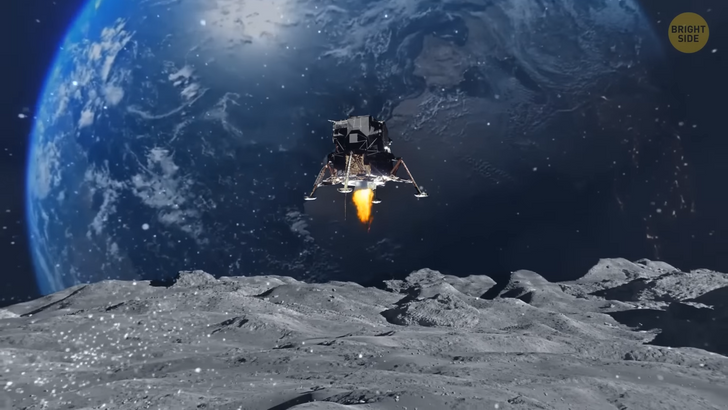
Elon Musk plans on sending out robots to test the conditions on Mars before humans set foot there. These robots will be humanoids mimicking the way people walk and move. They must be built in a special way to test how the conditions on Mars would affect us physiologically. These robots can also start constructing buildings for people to live and work in.
We would have to be tremendously advanced in our agricultural innovations to grow crops in hostile environments. Despite being called the Red Planet, Mars is actually chilly. So, we’d have to build giant dome-like structures to house a human population. They’d need to be self-sufficient enough not to have to rely on Earth’s natural resources. These domes would protect us from harsh sandstorms and sub-temperatures.
A mission to Mars might not happen in our lifetime, but at the moment, we can take the first steps. Since we’ve found out that we can use lunar soil to grow something, the next step is to understand more about the process. We won’t be living on the Moon anytime soon, so we can use the studies of lunar soil to help us solve some problems on Earth. Countries like India are adapting smart farming that uses robots to speed up the process.
Some robots are designed for seeding, harvesting, watering, and other tasks. Robotic manufacturers are in high demand now. They produce unique machines, like self-automated tractors and aerial vehicles that hover over fields and water crops. This form of farming will increase productivity and reduce overall costs. It will also help save water by studying the exact volume crops need.
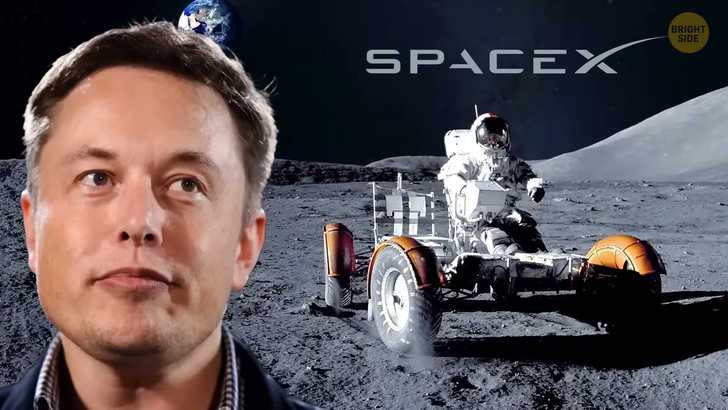
A cool, innovative way of farming is vertical farming which can be done in heavily populated cities. You can practically use any abandoned warehouse or building to do it. It recycles water used at the top of a vertical farm — it drips to lower levels and is then used again. The farmers stack plants in vertical beds for the water to drip easily. They also use both natural and artificial light.
These farms are usually soil-free. Instead, plant roots remain in a nutrient-rich solution that is constantly monitored. This method is cost-efficient and supplies plants with the exact amount of nutrients they need. Other vertical farms use ponds with fish living at the bottom. These fish produce waste that is very rich in nutrients — plants can use it as food.
Vertical farms are growing more popular and may soon replace traditional farming. Vertical farming will allow farmers to grow almost 10 times the amount of produce than a plain field. All because they utilize the space above and below. You don’t have to worry about little critters on the ground stealing your crops. You should only worry about flying ones.
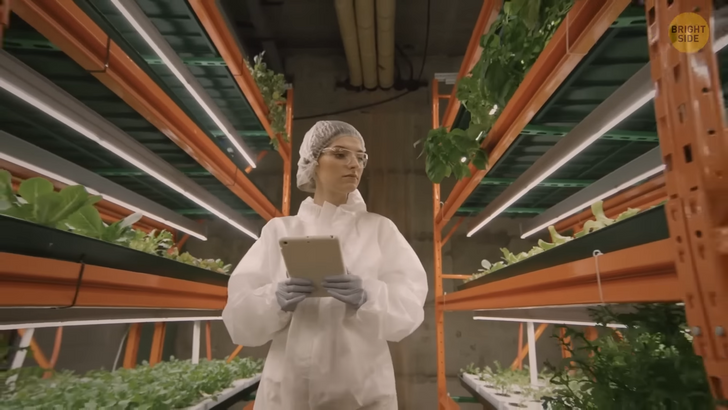
Indoor farming is becoming very popular. Crops growing outdoors always face natural hazards that can damage them. But with indoor farming, we won’t have to rely on seasons to grow certain crops. Indoor farms can replicate the conditions of all climates, and we can have any fruit or veggie at any season.
There’s also genome altering to make every crop the best of the best. It’ll help eliminate any bad seeds — literally. We won’t have to waste tons of crops that aren’t suitable for consumption. They can have extra nutrients and be healthier. All of these methods are just the first few steps before we begin with space agriculture on planets with hostile environments.
Growing plants in space isn’t something new. The International Space Station has an array of specialized gardens for growing veggies. Scientists are studying growing crops and plants in zero-gravity, which can provide fresh food for astronauts. They use LED lights above plants to accelerate their growth and install proper watering mechanisms.
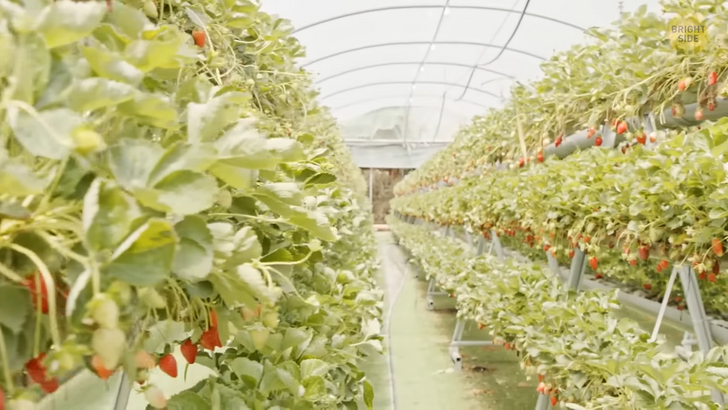
This might be useful for a handful of astronauts at the International Space Station. But what if we were traveling across the galaxy to populate new planets? We’d have to consider a large space dedicated to indoor farming.
On the other hand, technology is likely to improve so much by then that we won’t even need veggies and fruits in our daily diet. There might be other yummy alternative stuff to munch on, but I’d rather have that space salad, please. Um, do you have any croutons?






